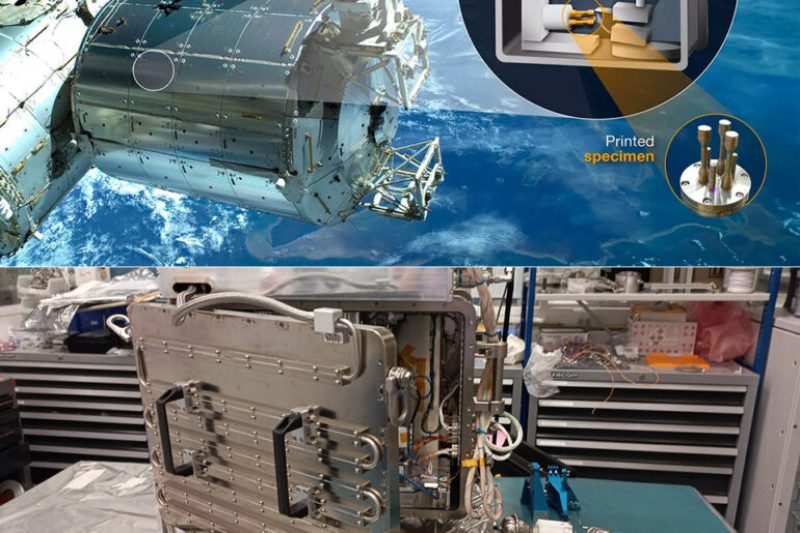On its way to the International Space Station is the first metal 3D printer to be used in space. Arriving at the International Space Station (ISS) on Thursday, the 180kg (397 lbs) printer is being carried by the Cygnus NG-20 supply mission, which launched on Tuesday.
Airbus created the printer for the European Space Agency, which will be installed by astronaut Andreas Mogensen. At that point, Earth will control and observe the machine.
Metal 3D printing in space is reportedly a more difficult task than polymer-based 3D printers, which have already been used on the International Space Station (ISS). Because of how well it resists corrosion, the machine will use a type of stainless steel that is frequently used for medical implants and water treatment.
The printer uses a laser that is allegedly a million times more powerful than a standard laser pointer to melt the stainless steel wire once it has been put into the printing area. The melted metal is then added to the print by the printer.
The printer will operate within a fully sealed chamber, with the metal having a melting point of approximately 1,400°C. The printer must release its oxygen into space and refill its atmosphere with nitrogen before it can start up. If not, oxygen exposure would cause the melted metal to deteriorate.
“The safety of the crew and the Station itself have to be ensured — while maintenance possibilities are also very limited,” ESA technical officer Rob Postema stated on the agency’s website, citing the greater temperatures used in comparison to a plastic 3D printer (which heats to about 200°C). “However, if successful, metal’s strength, conductivity, and stiffness would unleash the full potential of in-space 3D printing.”
There will be four test prints. Reference prints that were made on Earth will be duplicated by the printer. To better understand the differences in printing quality and performance in space, scientists will compare the two models. Each print will be smaller than a Coke can and weigh less than 250g (8.8 ounces), but it will take the printer two to four weeks to produce each one. Due to noise constraints on the ISS and the relatively loud fans and engine of the printer, its daily operation will be limited to four hours.
If all goes according to plan, the project will allow space agencies and astronauts to print any necessary tools or components without having to send them on resupply trips. Building a lunar settlement using recycled materials or modified regolith—a combination of rock and dirt from the moon—might be made easier with the aid of metal 3D printing. It might also be helpful for missions to Mars.





